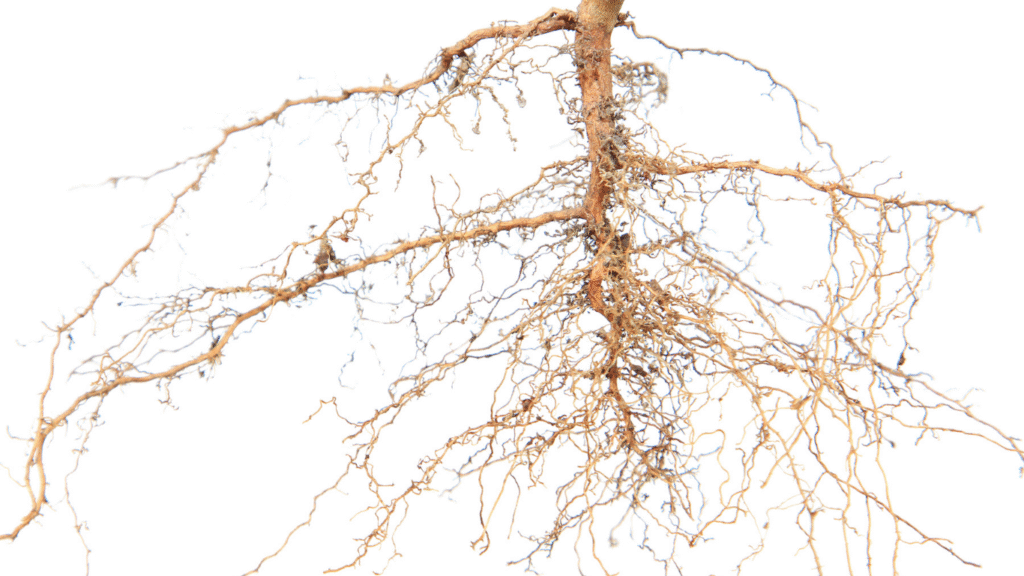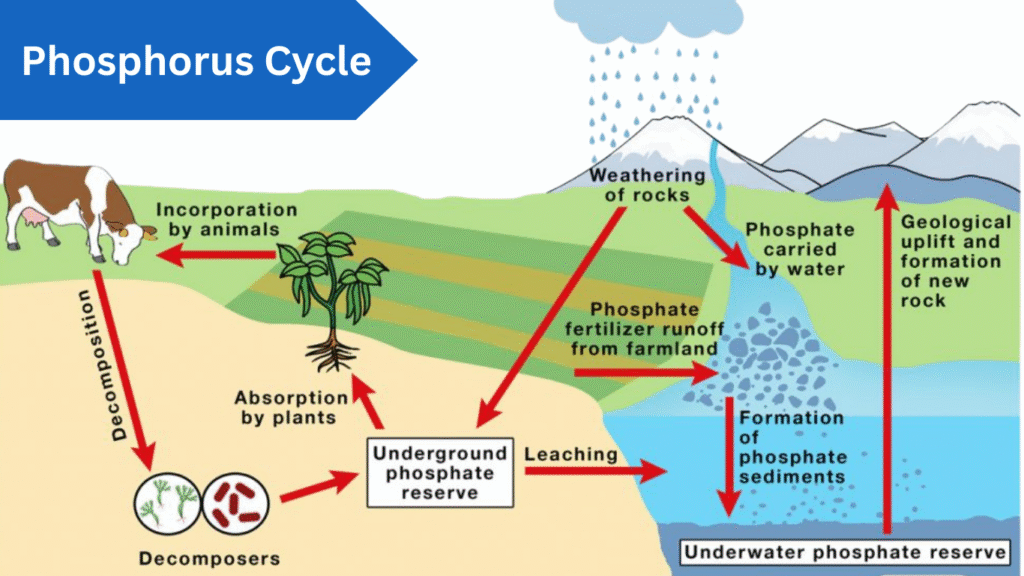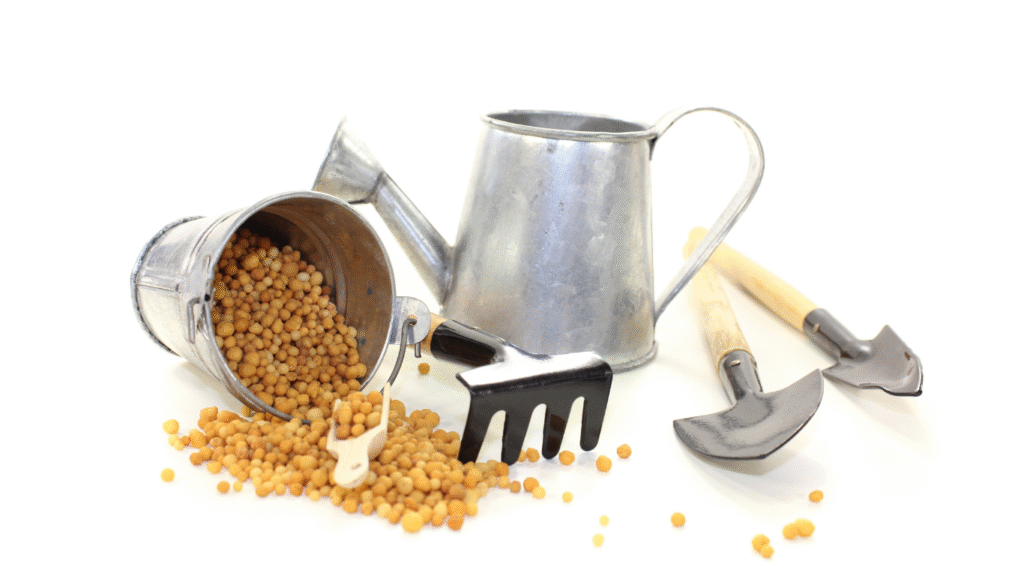By Komal Jaiswal
Not all nutrients shout.
Some whisper.
Some work in the shadows.
Some carry fire without ever asking for attention.
Phosphorus is one of them.
You won’t see it in the lush green of leaves.
You won’t feel it the way you feel nitrogen’s push or potassium’s strength.
But without phosphorus, there would be no seeds.
No roots.
No sunrise in your spinach.

🔥 Phosphorus: The Energy Carrier
Every time a seed sprouts, every time a root reaches deeper, every time a fruit begins to form — phosphorus is there.
It lives inside ATP, the molecule that carries energy in every plant cell.
Without ATP, the plant can’t breathe, grow, divide, or store food.
Without phosphorus, the plant can’t pass energy.
And without energy, nothing happens.
🌱 A plant may look green, but if the growth is slow, if roots are shallow, or if flowering stalls — look beneath. It’s often a phosphorus cry.
🌑 Why So Many Gardens Are Low in Phosphorus
Here’s the irony: most soils have phosphorus, but plants can’t access it.
Why?
Because phosphorus gets locked up — tied tightly with calcium in alkaline soils, or with iron and aluminum in acidic ones. It sits there, abundant but unavailable.
And when we throw synthetic phosphorus fertilizers, it often becomes part of the same cycle — locked up, leached away, wasted.
Nature, however, knows another way.

🍄 The Fungi Who Set Phosphorus Free
Enter the Mycorrhizal Fungi — old friends of the plant kingdom.
They extend far beyond the root zone, finding phosphorus that roots can’t reach, unlocking it with natural acids, and delivering it right to the plant in exchange for a little sugar.
In return, plants grow deeper roots, stronger stems, and resilient fruits.
All this from a fungal friendship hidden in the soil.
But this harmony only works if the soil is alive — undisturbed, compost-fed, and chemical-free.
🌿 If your soil is healthy, your phosphorus is already on its way.
🦠 The Bacteria Who Help
Some free-living bacteria, like Pseudomonas and Bacillus, also release phosphorus. They produce organic acids that break the bonds trapping it.
These are found in cow dung, forest leaf mold, jeevamrut, and a well-made compost pile. You don’t need a lab to find them — just a quiet corner and a pile of kitchen peels covered with dry leaves.

🧱 Phosphorus Builds Below Before It Blooms Above
It builds the root system — the anchor.
The buds and flowers — the reproductive heart.
The seeds — the next generation.
No phosphorus, no future.
And unlike nitrogen, phosphorus doesn’t move much in soil. That’s why shallow watering, heavy tilling, and bare beds hurt. They disturb the very zone where phosphorus needs to settle.
🌾 This is why no-till, mulched, and microbe-rich beds always outperform clean, disturbed ones.
🌕 Signs Your Plants May Be Lacking Phosphorus
- Purplish tinge in older leaves
- Slow growth despite adequate water
- Poor flowering or fruit set
- Weak roots that don’t hold soil well
But don’t rush to add store-bought fertilizer. Instead, ask:
Is my soil breathing? Is it alive enough to unlock what it already holds?
✨ How to Invite Phosphorus into Flow
- Add banana peel compost, bone meal, rock phosphate, or wood ash in moderation
- Inoculate with mycorrhizal fungi (or grow naturally in undisturbed, living soil)
- Cover your beds with mulch — dry leaves, straw, sugarcane bagasse
- Keep the soil moist but never waterlogged
- Grow deep-rooted plants like turmeric, pigeon pea, or amaranth to bring nutrients from deeper layers
🌸 Final Words: Fertility Is Subtle
Phosphorus won’t show itself overnight.
But it will settle quietly in the roots.
It will light the fire within the seed.
It will build what the eyes don’t see — strength, stamina, succession.
In the garden, not all power is loud.
Some of it moves like breath.
Some of it whispers like phosphorus.
